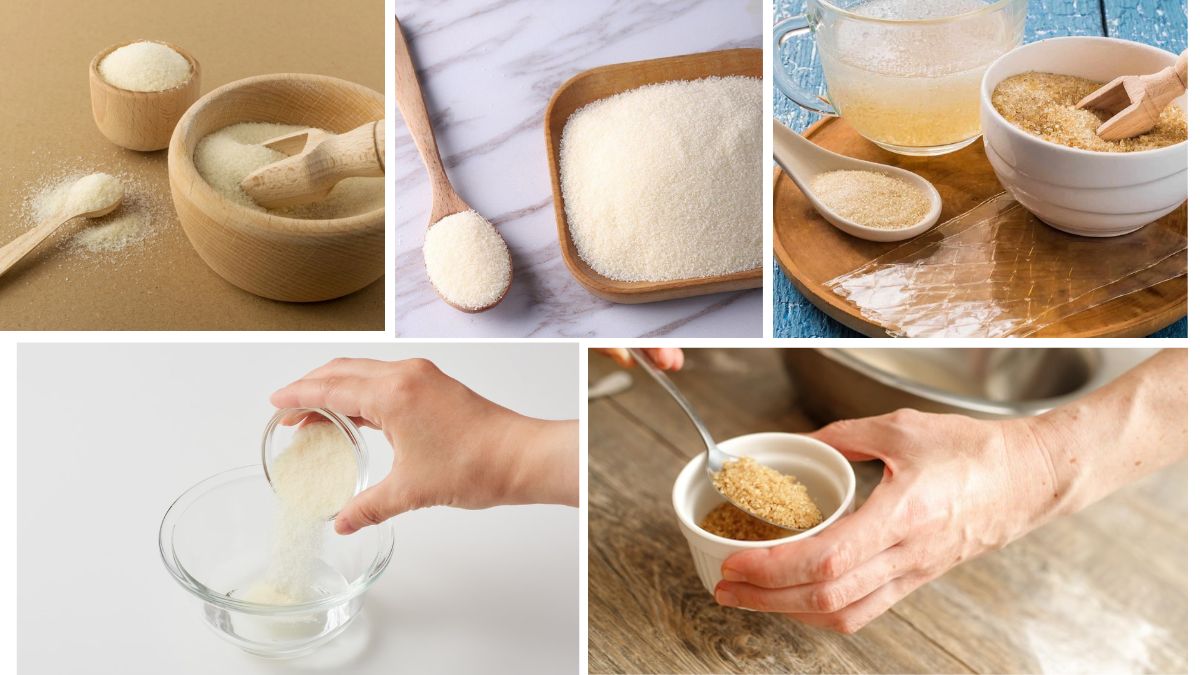Gelatin powder—a colorless, flavorless substance derived from collagen—is widely used in the global food, pharmaceutical, and cosmetic industries. Whether it’s in gummy candies, marshmallows, capsule shells, or facial masks, gelatin has become an essential ingredient across a wide spectrum of products. While its uses are global, the production is concentrated in a handful of countries. This article takes an in-depth look at gelatin powder, its uses, production processes, and most importantly, identifies the largest gelatin powder producer in the world— the United States of America.
What Is Gelatin Powder?

Gelatin powder is a hydrocolloid made by partial hydrolysis of collagen extracted from animal tissues such as skin, bones, and connective tissues. It is prized for its gelling, stabilizing, and texturizing properties. There are two primary types of gelatin:
- Type A (Acid Processed) – Typically derived from pork skins.
- Type B (Alkaline Processed) – Derived from bovine hides and bones.
Its versatility makes gelatin a critical raw material in:
- Food industry: Candies, jellies, yogurts, desserts, and meat products.
- Pharmaceutical industry: Capsules, coatings, tablets.
- Cosmetics: Creams, masks, and hair/skin supplements.
- Photography and technical applications: Film coatings and biomedical uses.
Global Demand and Market Overview
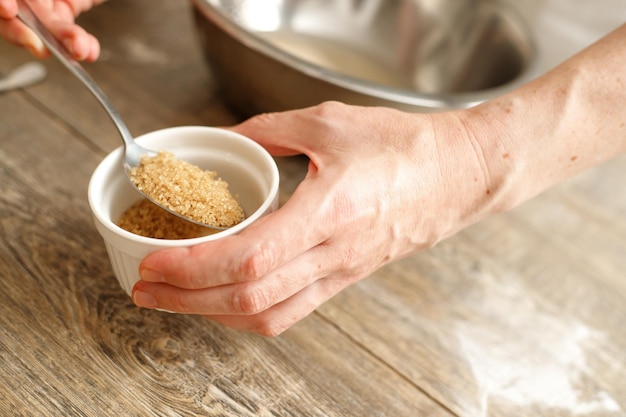
The global gelatin market was valued at USD 3.1 billion in 2024 and is projected to surpass USD 4.5 billion by 2030, driven by increasing health-conscious consumption and expanding demand in the nutraceutical and pharmaceutical sectors.
Asia-Pacific holds the largest market for gelatin consumption due to growing food processing industries, but when it comes to production—North America leads, with the United States at the forefront.
The United States: The Largest Gelatin Powder Producer in the World
Why the U.S. Leads in Gelatin Production
The U.S. is the largest producer of gelatin powder globally due to several key factors:
- Abundant raw material availability (especially bovine and porcine by-products).
- Advanced processing technologies.
- Presence of global gelatin giants.
- Stringent quality and safety standards that make U.S. gelatin highly desirable in international markets.
Major Gelatin Manufacturing Companies in the U.S.
Several multinational corporations contribute to the U.S.’s leading status in gelatin production, including:
- Gelita AG (USA Subsidiary)
- Headquartered in Germany but has significant production plants in Iowa and South Carolina.
- One of the top gelatin suppliers globally, producing both food-grade and pharmaceutical-grade gelatin.
- Nitta Gelatin NA Inc.
- A subsidiary of Japan’s Nitta Gelatin Inc., with production facilities in North Carolina and Iowa.
- Produces a wide range of gelatin and collagen peptides.
- Rousselot Inc. (Darling Ingredients)
- With its U.S. operations, Rousselot provides pharmaceutical and food-grade gelatin, especially for capsule manufacturing.
- PB Leiner (subsidiary of Tessenderlo Group)
- Although Belgian-based, PB Leiner operates production facilities in Davenport, Iowa, contributing significantly to U.S. output.
Production Capacity
Collectively, these facilities make the United States the world’s top producer of gelatin, with estimated annual production exceeding 90,000 metric tons, covering over 25% of the global gelatin output.
Raw Material Supply and Sustainability
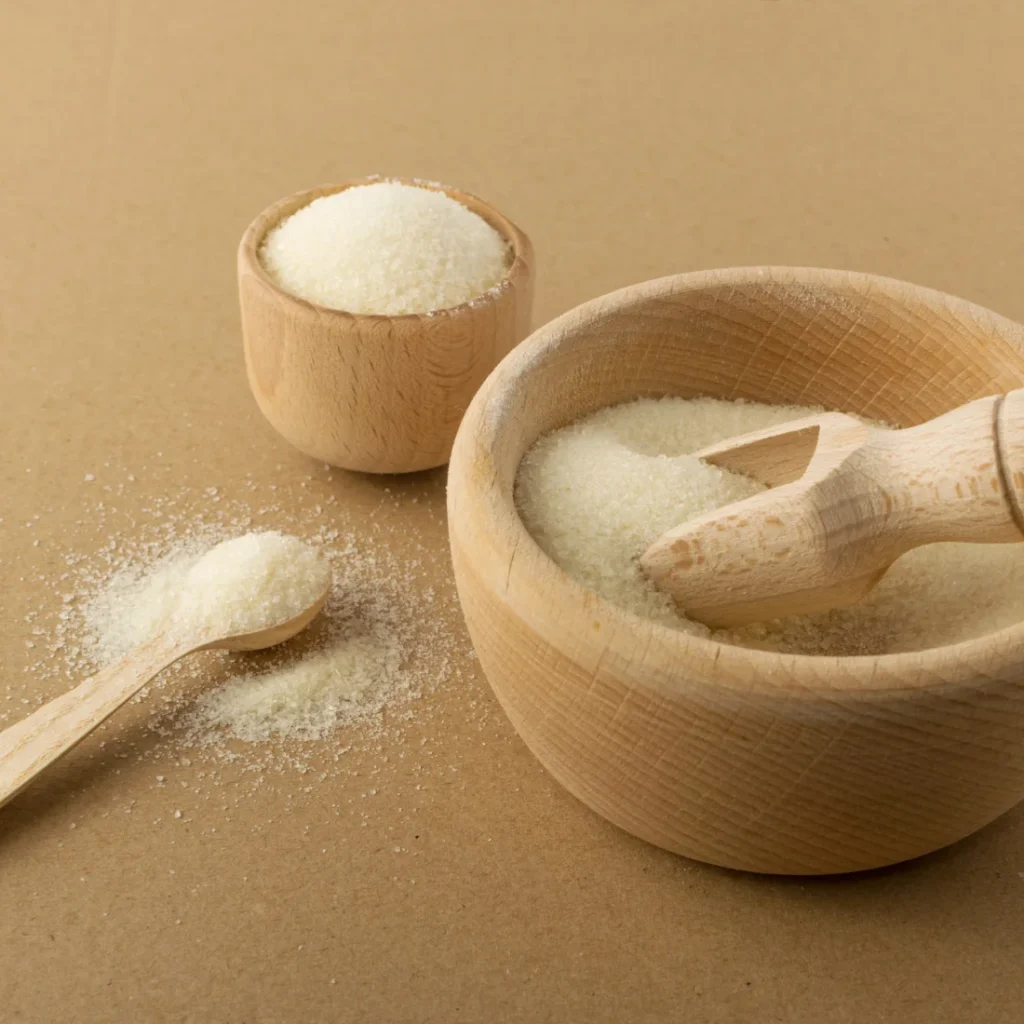
The U.S. gelatin industry benefits greatly from its strong meat processing sector. Gelatin manufacturers source by-products from beef and pork industries, making the process not only cost-effective but also environmentally sustainable by minimizing waste.
Sustainability and traceability have become key priorities. Leading manufacturers in the U.S. now adopt:
- Halal and Kosher certifications to meet global dietary needs.
- Grass-fed and non-GMO sourcing.
- Waste-to-energy technologies in processing plants.
Processing and Technology
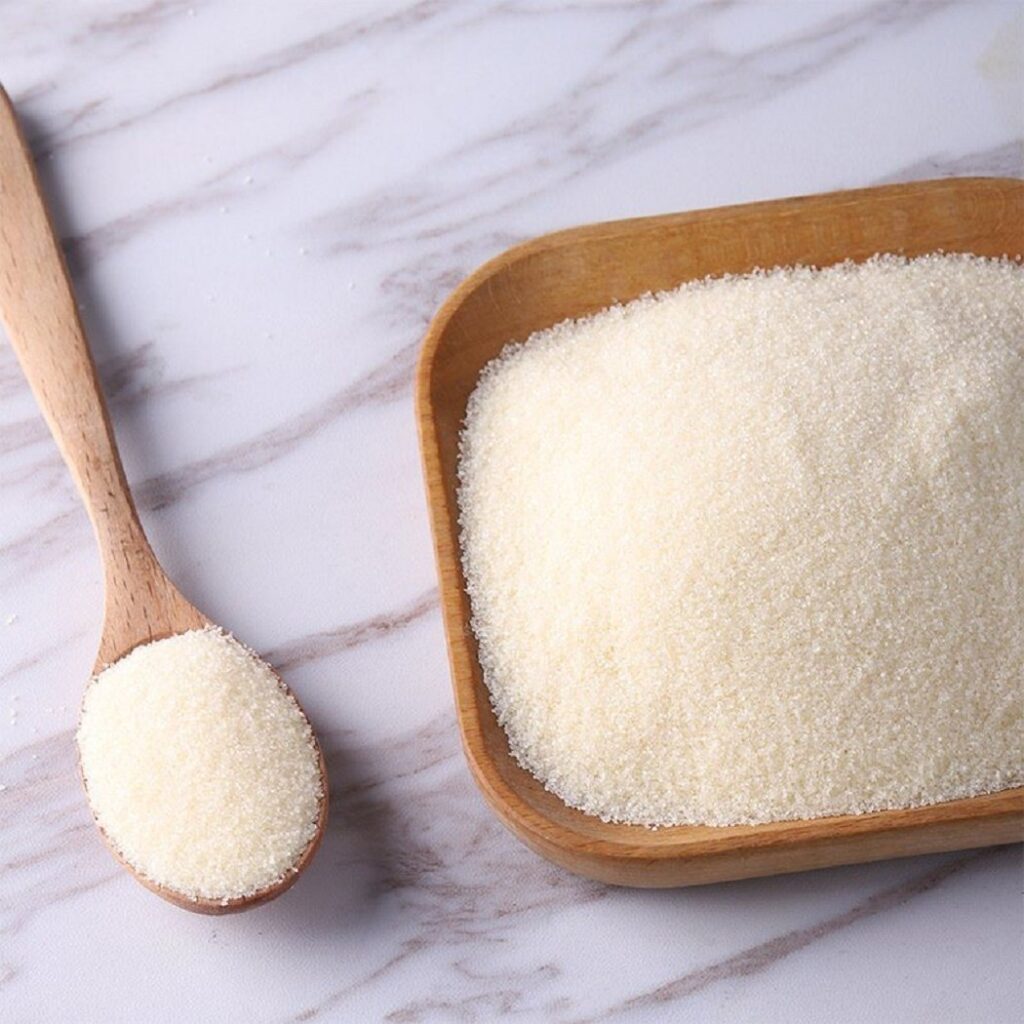
Modern gelatin production in the U.S. utilizes advanced hydrolysis, filtration, and drying techniques. Key steps include:
- Pretreatment: Acid or alkaline soaking to break down collagen structure.
- Extraction: Heat and water used to extract gelatin.
- Purification: Filtration and evaporation to remove impurities.
- Drying and Powdering: Final steps that produce a stable, usable powder form.
Automation and computerized controls ensure consistency, hygiene, and compliance with FDA and global standards (USP, EP, JP, etc.).
Export Powerhouse: Global Reach of U.S. Gelatin
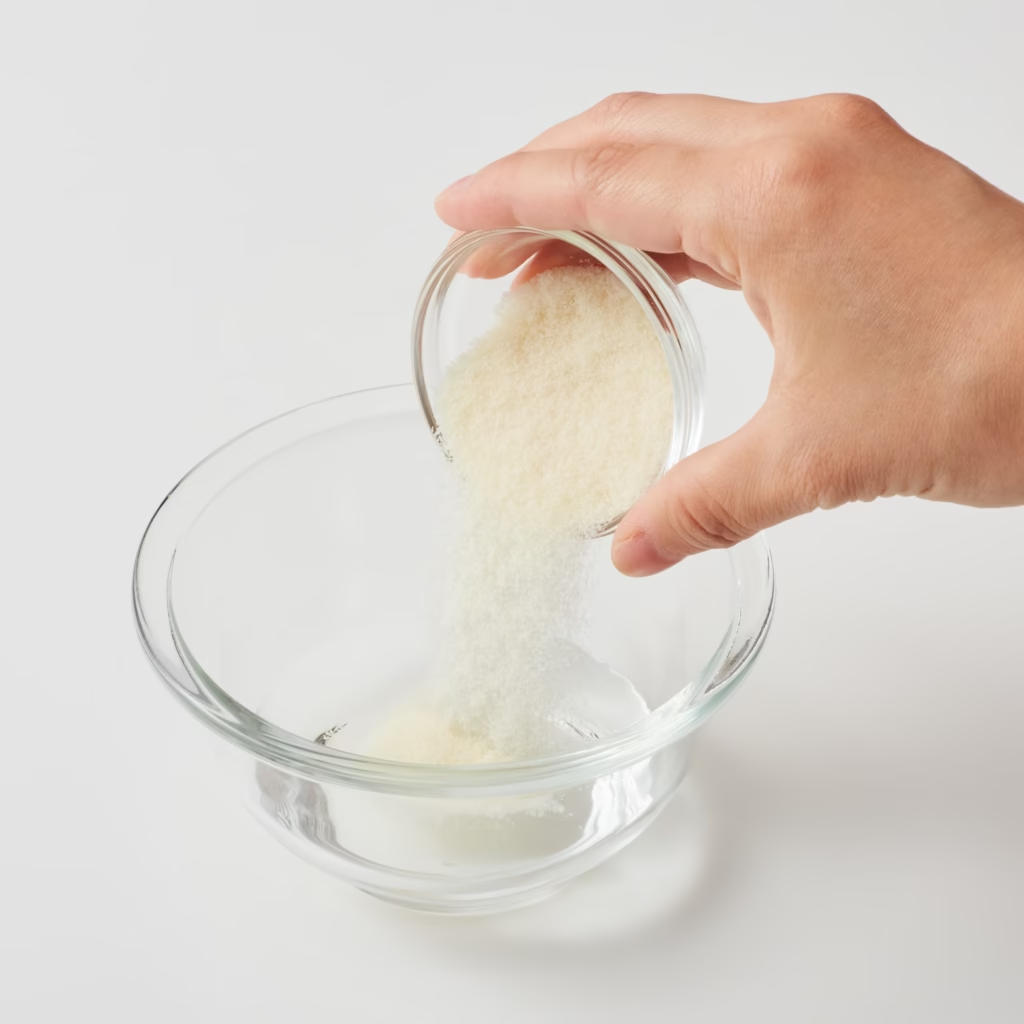
A large portion of U.S.-produced gelatin is exported. Top export destinations include:
- European Union
- Japan
- South Korea
- Brazil
- India
The U.S. is also a preferred supplier for multinational food and pharmaceutical companies due to its high regulatory compliance, consistent supply chains, and diverse gelatin grades.
Other Top Gelatin Producers in the World
While the U.S. leads the global market, other countries also contribute significantly to global gelatin supply:
1. Germany
- Home to Gelita’s headquarters.
- Known for pharmaceutical-grade gelatin and innovation in collagen peptides.
2. China
- Rapidly growing in both gelatin and collagen peptide markets.
- Faces scrutiny over quality control and sourcing issues.
3. Brazil
- Rich in bovine raw materials.
- Exports large quantities to the U.S. and EU.
4. India
- Emerging player in pharmaceutical-grade gelatin.
- Focus on halal and vegetarian-friendly alternatives.
Gelatin Alternatives and Future Outlook
The demand for gelatin remains strong, but alternatives like agar-agar, pectin, and plant-based gelatins are gaining popularity among vegan and vegetarian consumers. However, gelatin still dominates in capsule manufacturing and functional food applications, where plant-based options fall short in performance.
Additionally, collagen peptides—a refined form of gelatin—are seeing explosive demand in the wellness and beauty markets. U.S. companies are well-positioned to lead this segment as well.
Challenges and Opportunities
Challenges
- Ethical concerns over animal-based products.
- Religious dietary restrictions (necessitating halal/kosher).
- Volatile raw material prices due to global meat industry fluctuations.
Opportunities
- Growing health and wellness trends.
- Rising demand for clean-label and functional ingredients.
- Expansion in nutraceuticals and anti-aging markets.
Conclusion
The United States is undeniably the largest gelatin powder producer in the world, leading in both volume and quality. With its state-of-the-art technology, abundant raw materials, and reputable multinational manufacturers, the U.S. has cemented its role as the powerhouse of the gelatin industry.
As demand for functional, protein-rich, and collagen-based products continues to grow, especially in health-conscious consumer markets, the U.S. gelatin industry is well-positioned for sustained expansion. While challenges remain, innovation and sustainability efforts are helping ensure that gelatin maintains its essential role in global manufacturing across food, pharmaceutical, and cosmetic sectors.
